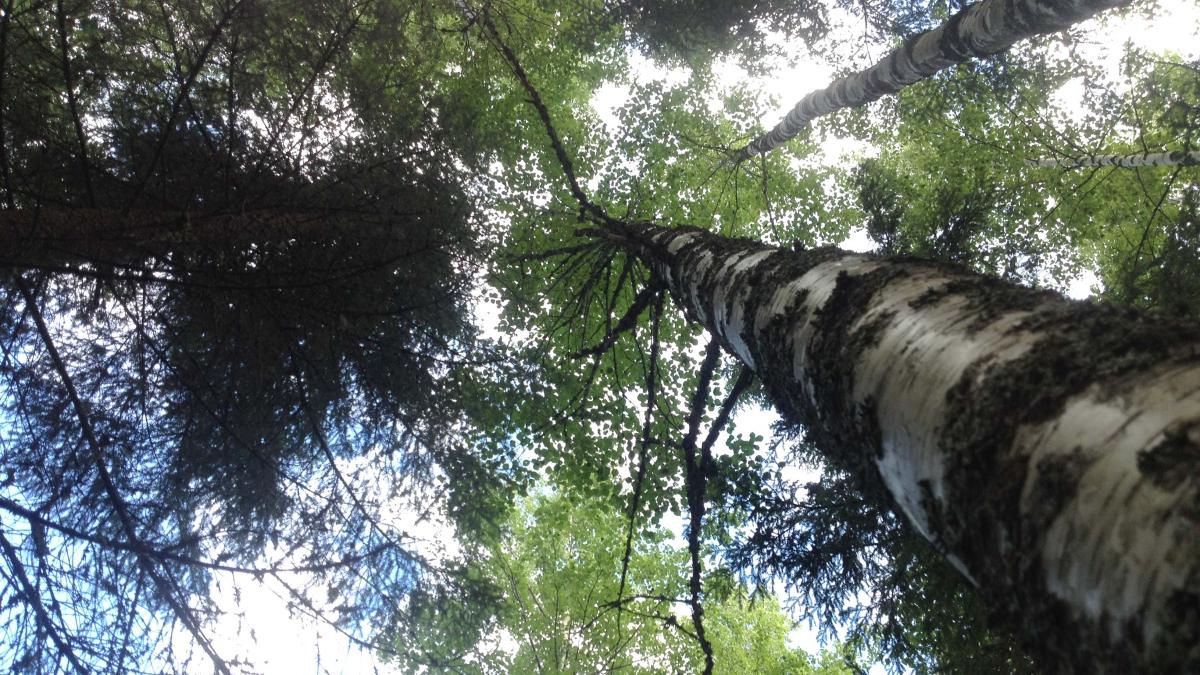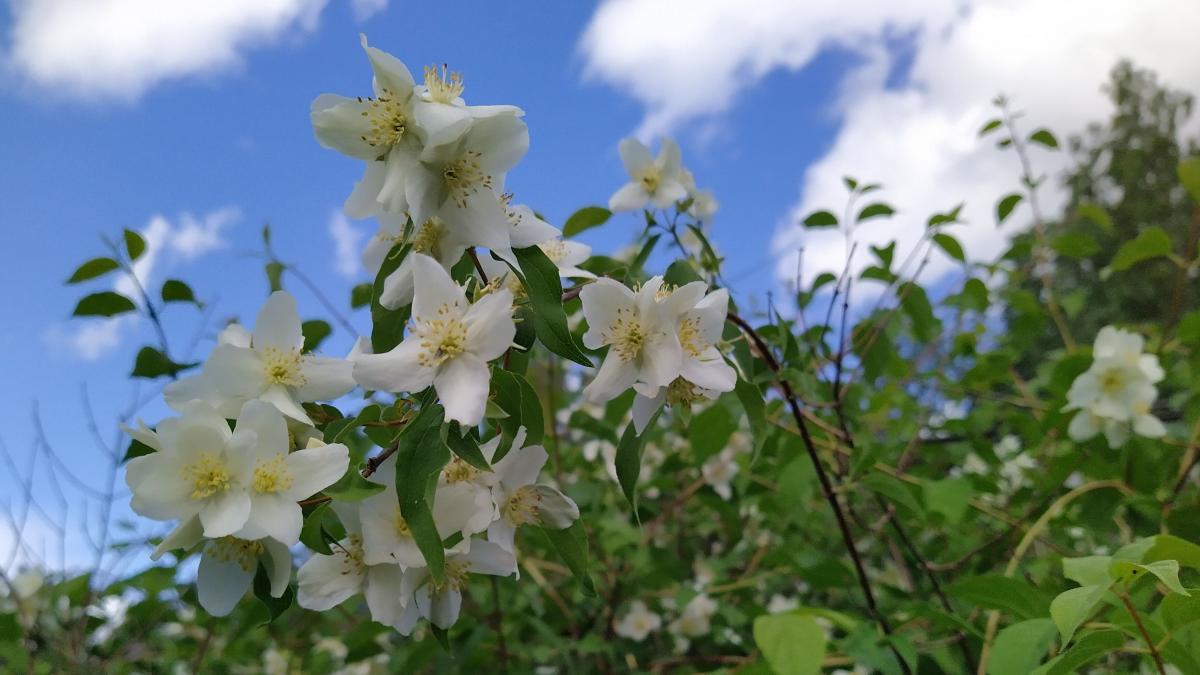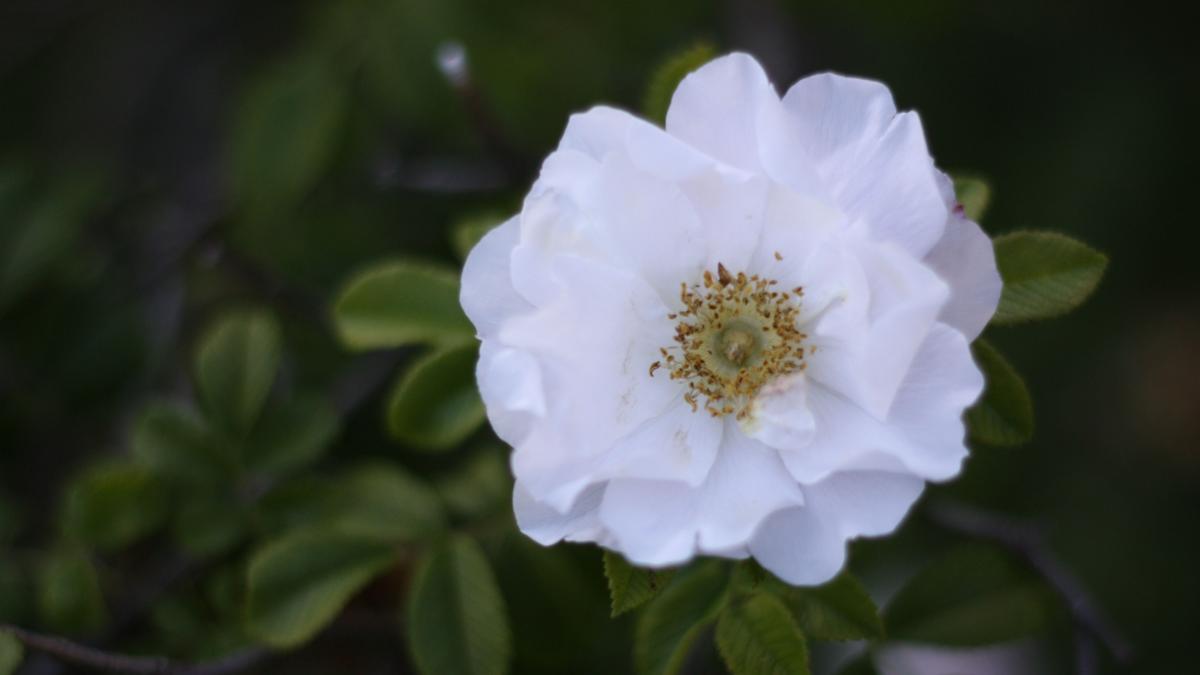In the Garden of Sibelius’
Imaginary tour to the Sibelius’ garden of the 20th Century with library collections.

To celebrate the summer, we will make an imaginary tour to the Ainola garden with library collections and the music of Jean Sibelius. Ainola is the place where Jean (1865-1957) and his wife Aino Sibelius (1871-1969) lived since Autumn 1904 with their family. Garden of Ainola in Järvenpää, offered the harvest and food for the whole family. For Aino Sibelius, garden also offered her own private space to work and be. In the description of the garden, the studies and writings of Julia Donner have been used as a main source. References can be found later from this article. Imagination is also used in this virtual trip.
The links, which are with the works and books, will guide you to the material of the Uniarts Library in search service Arsca. Like crops are finally ready to harvest in Autumn; books, scores and recordings introduced are available to pick and borrow in August after we open again.
Trees of Ainola
When we step in to the garden, we see trees framing the area. There are already tiny apples in apple trees in July and gentle wind plays with birch leaves making a delicate sound.

A spruce fence frames the garden and here it is: the lonely pine. Nature and it’s colours, sounds, shapes and smells offered the inspiration of creativity and woods were important places for Jean. Tree series for piano, op.75 has five parts, which each tells a story of the different tree.
Sibelius – Five pieces for piano op.75 (Tree Series)
- When the Rowan Blossoms
- The Solitary Pine
- The Aspen
- The Birch
- The Spruce
Flowers of Ainola
When Sibelius composed, the house had to be silent. The garden offered the place of her own to Aino.

It is impossible to walk in the garden without noticing all the flowers “in every possible spot”, like Aino wrote to the letter dedicated to one of her daughters, Eva Sibelius. On the hillside called Kielomäki (Lily of the Valley Hill) grew lilies of the valley and wood anemones. A horse-shaped flowerbed with roses, orange nasturtiums on the edge of the vegetable patch, pansies and many other flowers glowed in colour. Jean picked to his flower series (op. 85): 1. The Daisy (Bellis), 2. The Carnation (Ouillet), 3. Iris, 4. The Columbine (Acquilleja) and 5. Bellflower (Campanula): Cinq morceaux op. 85 (Flower series).
Aino designed the flower garden so that the colours were to be enjoyed from spring to autumn. The seasonal cycle of the garden flowers is present in six songs Jean composed in 1917 to texts by Johan Ludwig Runeberg and Frans Franzen. In flower songs (op.88) the first anemones of spring and the roses of summer are blooming. In the sixth part, one goes through the fate of the flower before winter. These songs are composed for soprano Ida Ekman: Six Songs op.88.
Ida Ekman also sings about the dark roses of the garden in Sibelius’ Svarta Rosor op 36/1 which can be found in the very first Sibelius recordings. The song is also sung by other singers on this album.
Vegetable garden and landscapes of Ainola
Besides flowers and other plants, we see a lot of vegetable crops growing. Little by little Aino built the garden bigger and wider, and at some point it made the family self-sufficient when it comes to the garden products produced. Even if the composer didn’t dedicate songs to peas, beans, tomatoes or potatoes, the meaning of those food crops was not less than ornamental plants. Food crops provided the basis for the everyday life and the possibility to compose with a full stomach. Berries, fruit trees, green house tomatoes flourished in their own colours, portraying Aino’s role as an anchor of everyday life.
Looking at the landscapes of the garden, we can imagine what it looked like during Sibelius’ lifetime. At the beginning of the 20th Century you were able to see Lake Tuusula from the garden. From his place called Temple, Sibelius saw the landscapes of fields in three different directions. I wonder what those landscapes were exactly in Five Esquisses op.114?

When we walk back to the main gate, rain is about to begin. On a beautiful summer day of July, we don’t mind about small drizzle, and on a virtual trip, the risk of getting soaking wet is low. Sibelius’ first known composition from 1875 encloses the circle. In addition to light and care, even the Ainola garden do not flourish without Water Droplets.
More information and library materials
We are closing the gates of the garden for today, but more information can be found in, for example, the biographies of Sibelius. There are plenty of those in library’s collections in different languages. For example the Finnish biography of Aino Sibelius written by Riitta Konttinen (2019) is among the most read Sibelius books this year. For children and music educators, the picture book Soiva Metsä (2015) (which means vibrant forest in English) with audio records serves as a guide to Jean Sibelius’ childhood and life. There are some old pictures from Ainola in Finnish museum, archive and library search service Finna.

If you can read Finnish, there is more information about the Ainola garden in Julia Donner’s book ”Oi terve tarhurineito…”: Aino Sibeliuksen puutarha (2006), which describes how the garden looked like and what it meant back then. This book was used as the main reference. The book Ainola (SKS, 2004) offeres also a lot of information. There are guided tours in Järvenpää if you like to go and have a look what Ainola Garden really looks like today!
How to search further in library’s collections?
Collections presented here are just a tiny part of library’s Sibelius collections. You find plenty of recordings, books and scores from the shelves. You can begin the search by writing Jean Sibelius, Aino Sibelius or Ainola to the search bar, and after that from the right side of the screen narrow the search and choose what kind of material you are looking for or in what language. We are happy to help you further. Welcome to the library in Autumn!
Photos and text: Milja Vanhanen